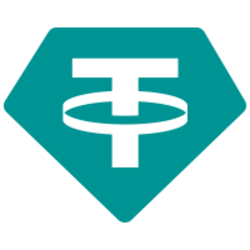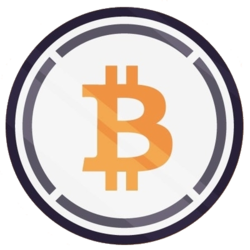The highly anticipated Galaxy Watch 4 and Pixel Watch are set to enter the smartwatch scene, promising users a new level of functionality and style. With the Galaxy Watch 4 offering "four years of major updates," users are eager to see how these devices will stack up against the competition. However, the question remains: can Wear OS keep up with WatchOS from Apple?
The Longevity of Galaxy and Pixel Watches
One of the most critical factors when considering a smartwatch purchase is its longevity in terms of software updates and support. Samsung's commitment to providing four years of major updates for the Galaxy Watch 4 sets a new standard in the industry. This means that users can expect to receive the latest features and improvements for an extended period, ensuring that their device remains relevant and functional.
On the other hand, the Pixel Watch's update policy remains to be seen, but Google is likely to follow a similar approach to ensure that users can enjoy their devices for years to come. By providing regular updates and improvements, both Samsung and Google are aiming to address one of the main concerns that consumers have when investing in a smartwatch.
The Absence of One UI 8 Watch
While the Galaxy Watch 4 promises four years of major updates, it may not receive the upcoming One UI 8 Watch. This decision has raised questions among users about the impact of missing out on this new software version.
Although the absence of One UI 8 Watch may seem disappointing at first, it is essential to consider the overall user experience and functionality of the device. Samsung may have valid reasons for not including this update, such as ensuring optimal performance or prioritizing other features that will benefit users more.
Wear OS vs. WatchOS: Can Wear OS Match Up?
With the ongoing competition between Wear OS and WatchOS, users are curious to see if Google's operating system can match the performance and features offered by Apple's WatchOS. While Wear OS has made significant improvements in recent years, some users still believe that it falls short in certain aspects.
One of the main concerns is the lack of app optimization and ecosystem integration on Wear OS compared to WatchOS. Apple's platform offers a seamless experience for users, with a wide range of compatible apps and services that enhance the functionality of the device.
Implications for Users
For consumers, the longevity and software support of smartwatches are crucial factors to consider before making a purchase. Knowing that a device will receive regular updates and improvements can significantly impact its value and usability over time.
Additionally, the comparison between Wear OS and WatchOS highlights the importance of software optimization and ecosystem integration in delivering a seamless user experience. While both platforms have their strengths and weaknesses, it ultimately comes down to personal preference and specific needs.
Looking to the Future
As the Galaxy Watch 4 and Pixel Watch make their debut in the market, users can look forward to a new wave of innovation and technology in the smartwatch industry. With Samsung and Google pushing the boundaries of what these devices can offer, the future looks promising for wearable technology enthusiasts.
Ultimately, the success of these devices will depend on how well they can meet the needs and expectations of users, providing them with a seamless and enjoyable experience that enhances their daily lives.
If you have any questions, please don't hesitate to Contact Us
Back to Technology News
















































